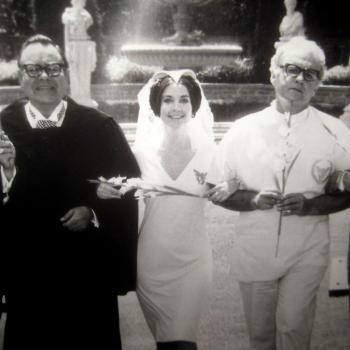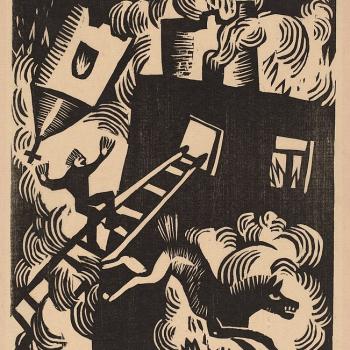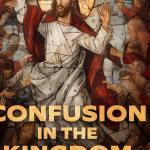
And where we live are quite often connected—two sides of a single cultural coin, aspects of our lives with subtle consequences. It’s trite, but culture has a heck of a lot to do with place. For example, I grew up in:
New Jersey. I grew up in (and still live in—it’s pretty great, sorry) New Jersey.
Suburban New Jersey to be precise, but New Jersey nonetheless—never far from New York City, Philadelphia, the beach, mountains (or what we call “mountains”), farms, smaller cities, and pretty much every desirable environment (sorry, Great Plains). Our pride of place comes from the near universal hatred we experience when venturing outside our narrow bounds—and we love that.
My girlfriend, by contrast, comes from Minnesota—to me, someplace faraway with medium-sized towns they call cities and nasal-rich accents (of course I pronounce “dog” as “dawg”). In the past, she’d often say she couldn’t imagine living in a small town, but loved the idea of the city. To me, this was insanity. For all my love of New York, it’s an expensive place, stressful, and, frankly, so awash with people that I can’t imagine living there past the age of 25. A small town meant where I came from—population 4000, not far from New York, many things walkable or accessible by train, not really separable from the concept of “suburbia.” To her, the city meant vibrancy—the local feel, but undeniable size of the Twin Cities—the town, backwardness.
Then it hit me. We were both right, because we meant two totally different things. In her neck of the woods, a small town is a few hundred people, sometimes hours from anything like a city. Settlements might be tens of miles from each other; a real city is a precious thing, a sort of oasis of popular culture and the arts—even if it’s tiny by coastal standards. Suburbs teeter on the edges of cities, filled with McMansions, infected with sprawl, lawns upon lawns away from anything but Whole Foods and TGI Fridays.
In mine, the City (and there is only one) means an expensive, but fun place, beautiful, but only once one understands what living there means—masturbating homeless people on the subway, constant heckling by passersby, a mixture of the highest fashion and the most debased poverty. A small town and a suburb are the same thing; the area has been settled for so long there’s not too much sprawl, mostly old villages that’ve fused out of necessity. Houses are far enough apart for privacy, but close enough together to foster neighborly intimacy. Socio-economic groups live relatively close together. There are both projects and mansions within 15 minutes of my childhood home. In other words, suburbia doesn’t mean the death of culture.
This realization set me on the path to reinterpreting an important conversation I had just a few weeks ago. A friend of mine will begin a Master’s in Urban Planning next month; he’d come over to my house and told me (over the course of several hours) about the great problems caused by suburbia—total isolation (you drive to work, now exhausted, you shelter yourself at home), the death of community life, the general ennui of monotony. No one drives down cul-de-sac streets; everyone has to drive 15 minutes to get out of their 15-side-street-deep bubble.
At the time, I didn’t get it. Suburbia was nothing like that. Except now I saw that it was, or at least, that it could be. His emphasis wasn’t cultural-religious, but his words danced around the concept. How can we, as Christians, expect community when we live in isolation? How can we expect to serve others when the nearest poor are a long car-ride away? How can we exalt the beauty of God’s creation under the tyranny of monotony?
In short, the where of life influences, shapes, the how.
My point here is not new. The American Conservative has been writing about “New Urbanism” for some time. Blogs have been tackling the question for years.
But combatting the blasé existence of modern America seems a question of particular interest to Christians—especially Catholics (we are supposed to be the jolly, communal ones, after all). People mention Bowling Alone; some summon the specter of Charles Murray, but how many of us ask the structural questions? How many of us are willing to invest in different sorts of developments—more cooperative, intentionally local ones? How many of us see through the cloak of gentrification and ask not for the betterment of our communities, but for communities built better?
These are pressing questions worth mulling over. In the meantime, I’ll be in New Jersey.

















